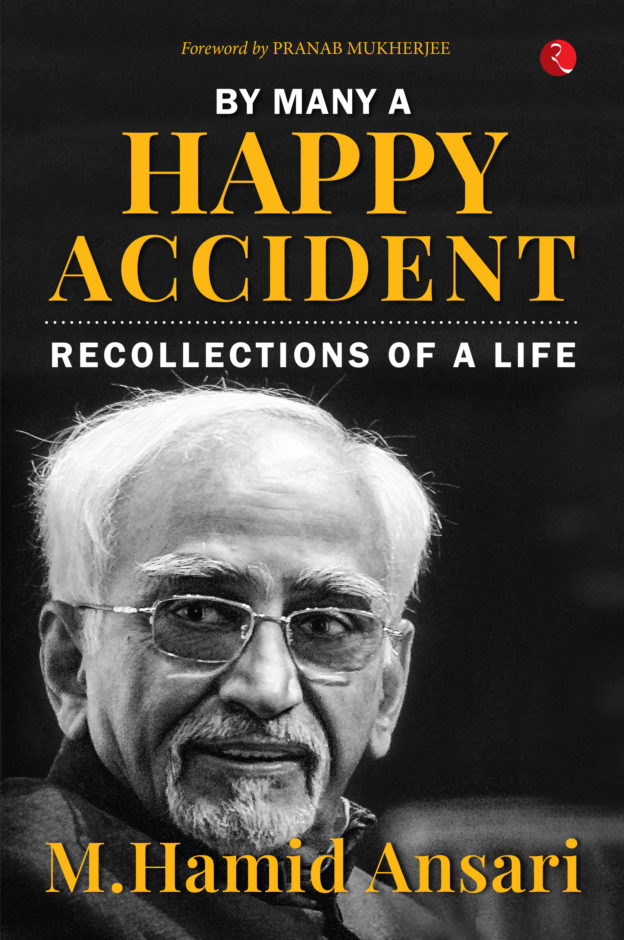Burmese Weights and Other Animal-Shaped Weights
Availability :
In Stock
₹ 2,130.00
M.R.P.:₹ 3000
You
Save: ₹870.00 (29.00% OFF)
(Inclusive
of all taxes)
Delivery:
₹ 270.00 Delivery charge
Author:
R.J. Willis and G. Herman
Publisher:
Manohar Publishers
ISBN-13:
9789391928193
Publishing Year:
January 2022
No. of Pages:
262
Weight:
1 kg
Language:
English
Book Binding:
Hardcover











